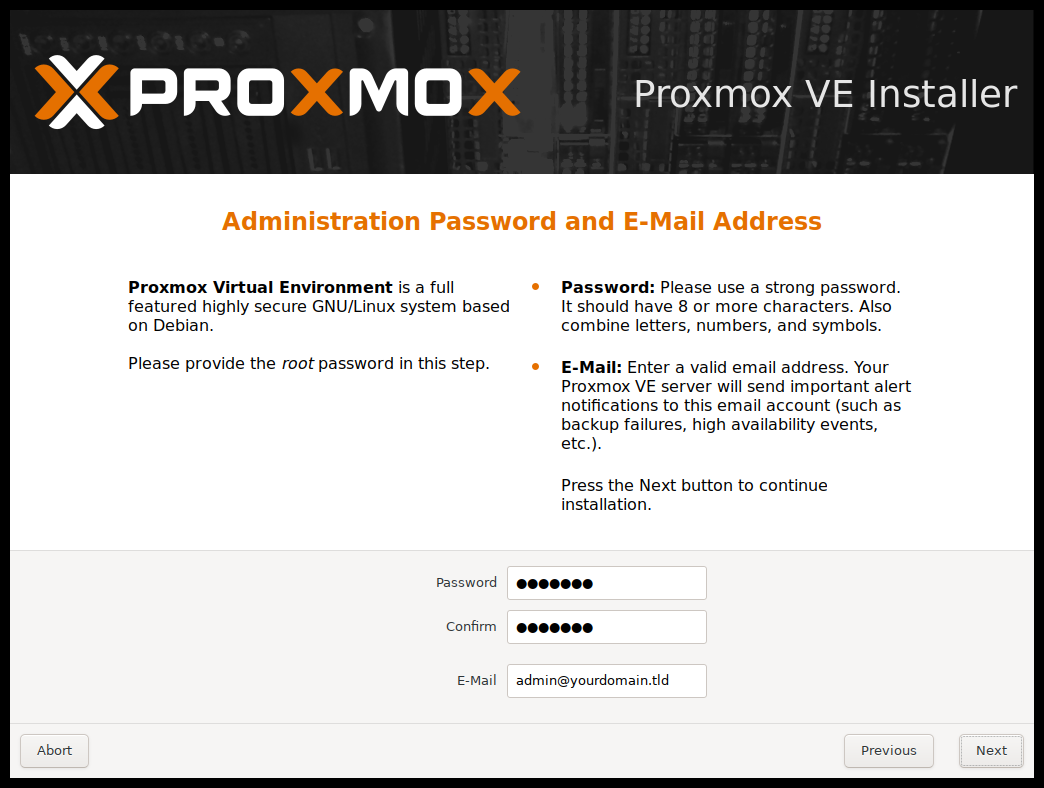

- #DOCKER COULD NOT GENERATE PERSISTENT MAC ADDRESS FOR : NO SUCH FILE OR DIRECTORY DRIVERS#
- #DOCKER COULD NOT GENERATE PERSISTENT MAC ADDRESS FOR : NO SUCH FILE OR DIRECTORY WINDOWS#
In addition, volumes are often a better choice than persisting data in a container’s writable layer, because a volume does not increase the size of the containers using it, and the volume’s contents exist outside the lifecycle of a given container. New volumes can have their content pre-populated by a container.
#DOCKER COULD NOT GENERATE PERSISTENT MAC ADDRESS FOR : NO SUCH FILE OR DIRECTORY DRIVERS#
Volume drivers let you store volumes on remote hosts or cloud providers, to encrypt the contents of volumes, or to add other functionality.Volumes can be more safely shared among multiple containers.
#DOCKER COULD NOT GENERATE PERSISTENT MAC ADDRESS FOR : NO SUCH FILE OR DIRECTORY WINDOWS#
Volumes work on both Linux and Windows containers.You can manage volumes using Docker CLI commands or the Docker API.Volumes are easier to back up or migrate than bind mounts.Volumes have several advantages over bind mounts: While bind mounts are dependent on the directory structure of the host machine, volumes are completely managed by Docker. Volumes are the preferred mechanism for persisting data generated by and used by Docker containers. Selecting dynamic shared memory implementation. The default text search configuration will be set to "english".Data page checksums are disabled.fixing permissions on existing directory /var/lib/postgresql/data. The default database encoding has accordingly been set to "UTF8". This user must also own the server process.The database cluster will be initialized with locale "en_US.utf8". The files belonging to this database system will be owned by user "postgres". PostgreSQL Pod can initialize the database in /var/lib/postgresql successfully $ kubectl logs my-csi-app If you use securit圜ontext in Pod yaml, you can use chown $userid instead of chmod 777ĥ. mount my-do-volume claim as /data directory.You need to contact with Digitalocean support to increase this limit. Is using initContainers to change user/permission of the Persistent Volume Claim before creating the Pod.ītw, minimum PersistentVolumeClaim size is 1Gi in DigitalOcean k8s and you can create max 10 persistent volume claim by default. When your Pod which run as non-root user want to create directories/files in that volume mount like PostgreSQL’s /var/lib/postgresql, you will get permission denied! The following mountOptions is not supported by DigitalOcean k8s yet. But if you start the Pod with a non-root user, then you are in trouble!īy default, digitalocean claim provides you the storage with root:root permission. It is straight forward if your pod is running with root user. You can claim a volume from kubernetes storageclass and mount it in the pod.

You may want to use persistent volume in your pod.


 0 kommentar(er)
0 kommentar(er)
